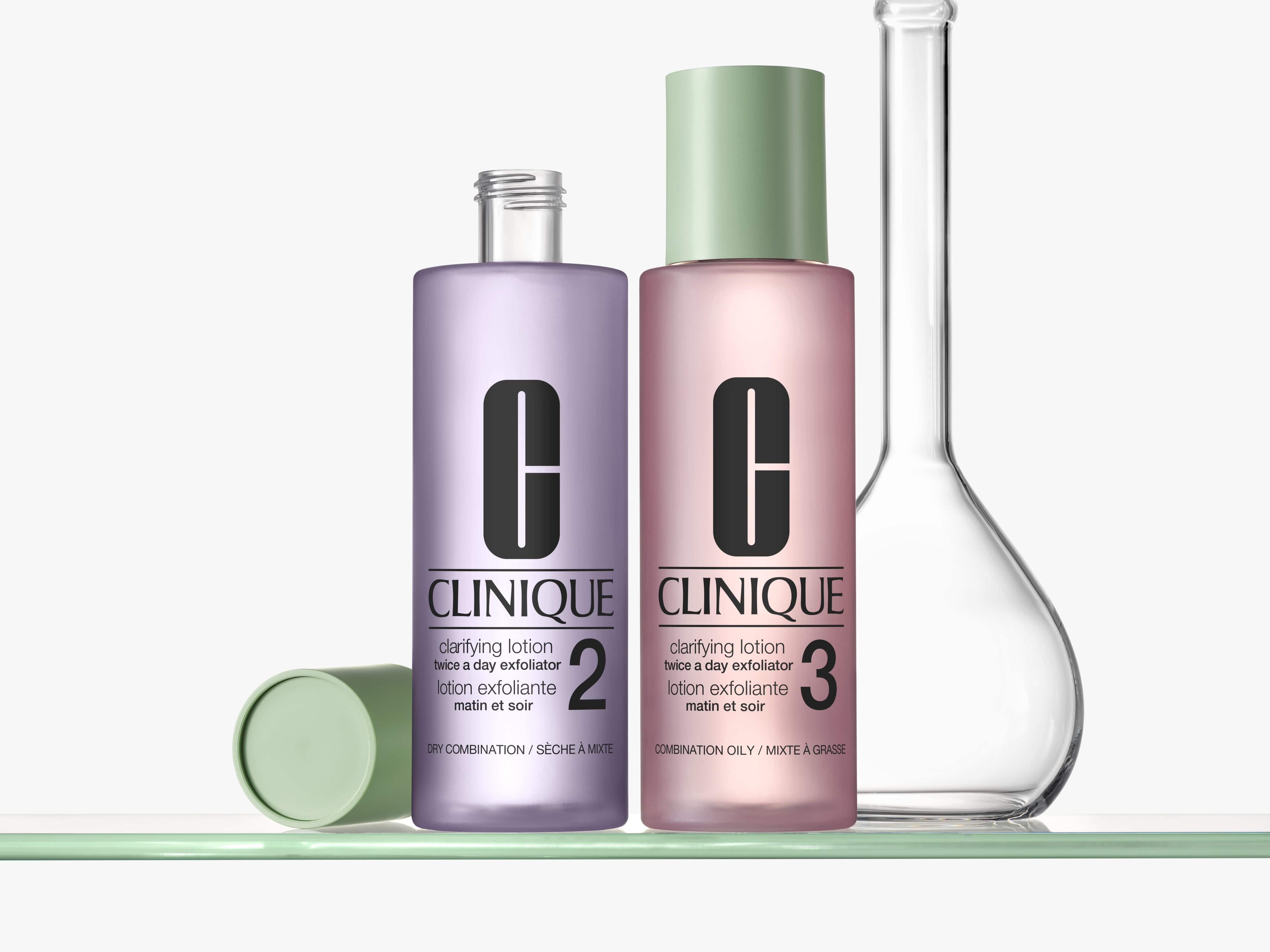In 2020, the global natural and organic cosmetics market was pegged at €10.28bn ($11.9bn), up 2.9% on the previous year, with the European market representing €3.89bn ($4.5bn), according to UK-headquartered research and consulting firm Ecovia Intelligence.
But for many suppliers, manufacturers and brands innovating in this space, future focus ought to stretch beyond adhering to ‘natural’ and ‘organic’ global standards outlined by the International Organisation for Standardisation (ISO) and its ISO 16128 two-part standard [Part I: Definitions for Ingredients & Part II Criteria for Ingredients and Products], according to Dr Martin Perry, senior safety assessor at Advanced Development & Safety Laboratories (ADSL).
‘Knowing the biodegradability is important’
“Although natural content is good to know, and there is a perception that natural ingredients are more biodegradable than synthetic ones, knowing the biodegradability is important. The natural content of your product or your organic content is not going to be sufficient for you to substantiate anything on biodegradability,” Perry told attendees at SCS Formulate 2021’s ‘inform’ sessions in Coventry, UK, this week.
Whilst plenty of natural ingredients were based around “fairly simply chemical structures”, meaning they tended to be biodegradable, he said it wasn’t a given that they were, particularly when natural and/or organic ingredients were layered or blended in final formulations, including with synthetics.
Biodegradability Defined
According to the Organisation for Economic Co-operation and Development (OECD), biodegradability is the process by which organic substances are decomposed by micro-organisms (mainly aerobic bacteria) into simpler substances such as carbon dioxide, water and ammonia. And under the OECD’s 301 A-F test guideline, the biodegradability of materials can be measured using six methods.
However, for the beauty industry specifically, the EU Cosmetics Regulation 1223/2009 makes no reference to biodegradability meaning measurement or labelling of biodegradability was not a legal requirement. By contrast, the EU Detergents Regulation 648/2004 was largely based on biodegradability, particularly the need for surfactants to be biodegradable.
So, why was it important for the beauty industry to start looking more closely at the biodegradability of ingredients and formulas?
EU Green Deal and mounting environmental pressure
“I can see in the future, maybe not in the near future but certainly in the future, there could be a case where the industry is required to look at the biodegradability of ingredients; to be accountable for the environmental effects of their products,” Perry said.
Speaking to CosmeticsDesign-Europe, he said that until this was the case, biodegradability was something the cosmetics and personal care industry “ought to be aware of”.
“They can’t ignore it because at some point you would expect that biodegradability will have to be designed into products,” he said.
“…Eventually, the cosmetic industry is going to have to address biodegradability and a lot of the products that they manufacture are going to need to be biodegradable.”
Perry said if the push to measure and communicate biodegradability data wasn’t driven by the European Green Deal and its Chemicals Strategy on Sustainability then mounting environmental pressure would.
Ingredient-by-ingredient – EU Ecolabel ‘good to be aware of’
Measuring and recording biodegradability data on cosmetic ingredients, however, would have to start at raw material supplier level and on an ingredient-by-ingredient basis at first, he said, before knowledge was built up gradually. Whilst some existing data could be sourced from the Detergent Ingredients database and REACH, he said there wasn’t much documentation for cosmetic-specific ingredients yet.
A good starting point for cosmetic suppliers, formulators and manufacturers interested in biodegradability, he said, was the European Commission’s EU Ecolabel. This voluntary scheme, Perry said, went into “quite a lot of detail” on the biodegradability of cosmetic products, and aquatic toxicity – two important measures of environmental impact. And importantly, he said the Ecolabel now covered both rinse-off and leave-on cosmetic products.
“There are quite a few good bits in there which, even if you didn’t want to adopt the Ecolabel, it would be good to be aware of and think about when formulating,” Perry said.




